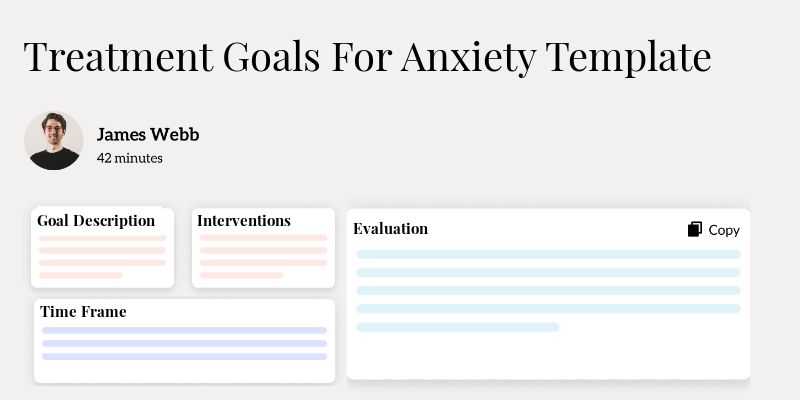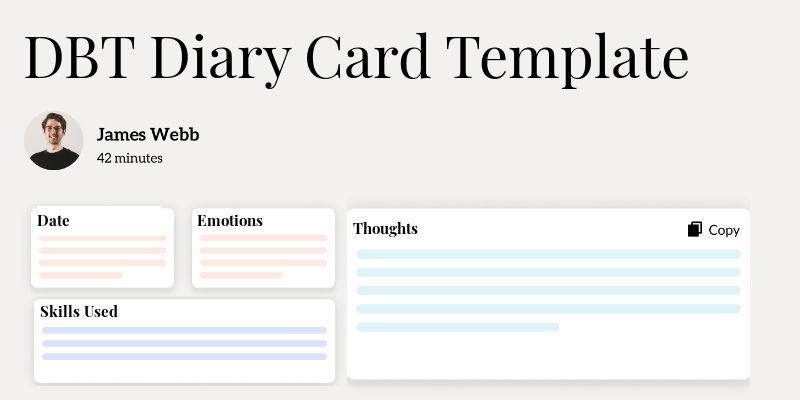
Intake Questionnaire Template
Are you tired of sifting through endless paperwork and trying to remember crucial information during patient visits? You're not alone! Many healthcare professionals find themselves overwhelmed by the sheer volume of information they need to gather during the initial patient intake. This blog post will guide you through the process of creating an effective Intake Questionnaire Template, making your documentation faster and more efficient.
What Is a Intake Questionnaire Template?
An Intake Questionnaire Template is a structured format used by healthcare providers to collect essential information from patients. This document helps gather medical history, current medications, and other health‑related details before the first appointment.
The primary purpose of this template is to ensure that providers have the necessary information to make informed decisions about patient care right from the start, thereby improving the efficiency of the initial consultation.
Key Components of a Intake Questionnaire?
Understanding the essential elements that comprise the Intake Questionnaire Template can greatly enhance your documentation process:
- Patient Demographics: Name, age, contact information.
- Medical History: Past illnesses, surgeries, and allergies.
- Current Medications: List of medications the patient is taking.
- Family History: Health information about immediate family members.
- Primary Concerns: The main reason for the patient’s visit.

How to Use a Intake Questionnaire Template: Step-by-Step Process
- Access the Intake Questionnaire Template in your electronic health system or print a hard copy.
- Review the questions to ensure they are relevant and clear.
- Provide the questionnaire to the patient upon arrival, allowing sufficient time for completion.
- Review the completed form with the patient to clarify any unclear responses.
- Document any additional notes or concerns during the initial consultation based on the information provided.
Benefits of a Intake Questionnaire
Benefit | Description | Impact on Practice |
|---|---|---|
Saves Time | Streamlined collection of patient information. | Reduces wait times for patients. |
Enhances Accuracy | Systematic approach minimizes missed information. | Improves overall patient care quality. |
Facilitates Better Communication | Encourages open dialogue between patient and provider. | Builds trust and rapport with patients. |
Customizable | Templates can be adjusted based on practice needs. | Increases relevancy for specific patient populations. |
Stakeholders in Intake Questionnaire
Multiple stakeholders benefit from an effective Intake Questionnaire Template:
- Healthcare Providers: Gain comprehensive insights into patient health, guiding treatment plans effectively.
- Nurses: Use the template to prepare for patient visits, ensuring they have all pertinent information at hand.
- Patients: Experience streamlined processes, leading to shorter wait times and better service delivery.
- Administrative Staff: Simplifies data collection, helping manage patient flow in the clinic.
Example of a Intake Questionnaire
Below is a simple example of what an Intake Questionnaire could look like:
1. Patient Name: ___________
2. Date of Birth: ___________
3. Current Medications: ___________
4. Allergies: ___________
5. Primary Concern: ___________
Real-World Use Cases: Practical Impact of the Intake Questionnaire Template
Implementing an Intake Questionnaire Template can significantly alter various situations:
- Family Medicine: A busy family practice saw a 30% decrease in appointment preparation time by integrating a digital version of the questionnaire.
- Mental Health: A mental health clinic improved patient follow-ups by identifying therapy needs early through open-ended questions on emotional well-being.
- Pediatrics: In a pediatrics practice, parents were able to provide family health history electronically, ensuring a more thorough understanding of potential hereditary issues.
Conclusion
The Intake Questionnaire Template is foundational in enhancing patient care and practice efficiency. By focusing on key components, following a systematic approach to its implementation, and engaging stakeholders effectively, healthcare professionals can streamline patient intake processes, thereby enabling better service delivery and improved patient outcomes.
Disclaimer: This article is for informational purposes only and does not constitute legal or medical advice. Always consult professional guidelines and regulatory bodies for specific compliance requirements.

Dr. Danni Steimberg
Dr. Danni Steimberg is a pediatrician at Schneider Children’s Medical Center with extensive experience in patient care, medical education, and healthcare innovation. He earned his MD from Semmelweis University and has worked at Kaplan Medical Center and Sheba Medical Center.
Gathering social context is vital for holistic care. Refined from countless intakes, the “PULSE” approach—Personal Networks, Utilities & Housing, Legal Issues, Socioeconomic Factors, Educational Background—systematically uncovers barriers that shape treatment.
- Pinpoint Risk Factors: Identify issues like unstable housing or legal challenges that directly affect compliance and progress.
- Clarify Socioeconomic Context: Detailed insight into finances, employment, and education streamlines coding (e.g., CPT 99375) and supports resource referrals.
- Reinforce Medical Necessity: Linking social history to clinical needs solidifies justification for extended sessions and specialized interventions.
Frequently Asked Questions
Reduce burnout,
improve patient care.
Join thousands of clinicians already using AI to become more efficient.

Treatment Goals For Anxiety Template
Discover practical Treatment Goals For Anxiety templates to enhance your documentation efficiency.

DBT Diary Card Template
Discover practical DBT Diary Card Template templates to enhance your documentation efficiency.

Iceberg Chart Template
Discover practical Iceberg Chart templates to enhance your documentation efficiency.

